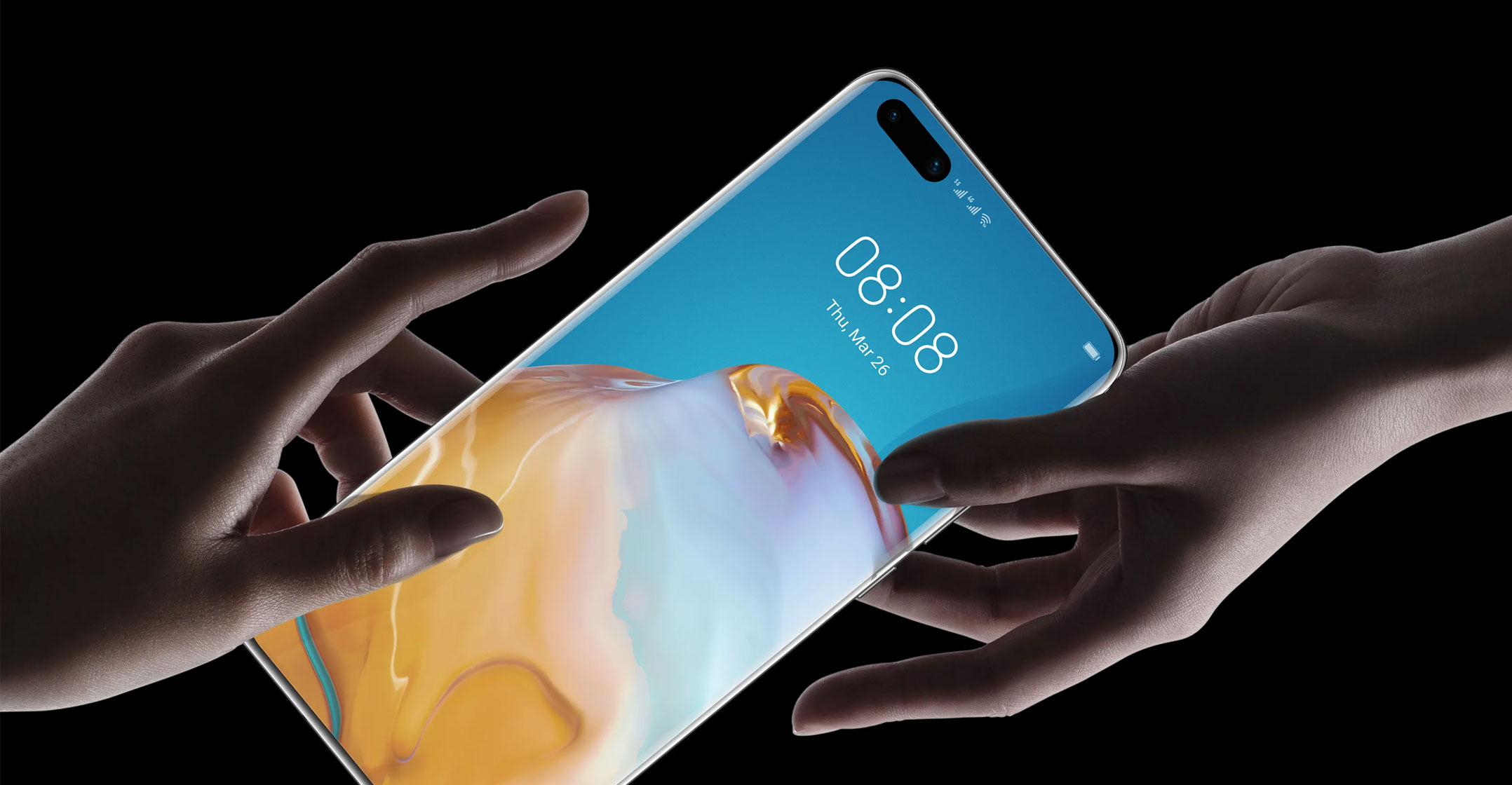
According to Statista, Google has 2.96 million apps on Google Play. According to CNBC, the Apple App Store showed gross sales of around US$50-billion in 2020. These are considered the two market leaders in app store growth and domination, the heavyweights that carry the developer load on their heavily populated backs. Until now. A new app store has ambled into the ring.
In 2019, complications between Huawei and Google saw the former launch HMS – Huawei Mobile Services – to the world. While available, Huawei kept HMS low key, with many users completely unaware of its existence.
This mobile ecosystem plays the same role as that offered by Google Play and Apple’s App Store, but it’s targeted solely at the Huawei user, and in the space of 10 months it has already managed to build an active user base of 400 million. That’s 400 million people across 170 countries downloading from a database of 1.2 million applications… and growing. A new heavy hitter has, like an errant GPS, arrived.
So what?
So what if this company has built this app store? What does this even mean for the customer, the developer community and the market? According to Akhram Mohamed, Consumer Business Group chief technology officer at Huawei South Africa, it means that the market will become even more competitive and this will result in more innovation, deeper integration into ecosystems and platforms, and richer customer experiences.
“Google and Apple have developed powerful and robust ecosystems that have changed the mobile landscape,” he says. “Apple controls their ecosystem, which allows them to deliver highly targeted value to their customers while Google has reshaped the industry completely – Huawei’s platform is modelled on the open-source version of Google Android, which Huawei has collaborated on and helped develop over the years, essentially providing an enhanced Android experience. This is what defines innovation – every step taken by one, inspires the other to do more, go further.”
The challengers and the challenged. These dynamics define how ecosystems evolve and investments are made – into hardware, software and innovation. Having a third clear competitor for market share and customer attention creates the kind of pressure that all innovators need to take any industry or solution to another level. And Huawei has decided to make that pressure cooker just a little bit hotter by changing how it approaches the developer community.
 “We don’t charge our developers any revenue share, app or platform fees in the first year and we provide them with marketing support and exposure across all 170 countries where we have a presence,” says Mohamed. “We provide them with tools and training and technical resources so that they can build relevant apps, and we help them to build a presence in their home country as well as globally. After the first year, based on the success of the targets and performance outcomes we set for the specific app, a revenue share model of up to 15% can be charged, which is around 50% lower than the industry average. The model is managed on a case-by-case basis structured to benefit both the developer and Huawei.”
“We don’t charge our developers any revenue share, app or platform fees in the first year and we provide them with marketing support and exposure across all 170 countries where we have a presence,” says Mohamed. “We provide them with tools and training and technical resources so that they can build relevant apps, and we help them to build a presence in their home country as well as globally. After the first year, based on the success of the targets and performance outcomes we set for the specific app, a revenue share model of up to 15% can be charged, which is around 50% lower than the industry average. The model is managed on a case-by-case basis structured to benefit both the developer and Huawei.”
Localisation is seen as an important factor for Huawei. Local apps with local relevance are in high demand by consumers, especially in the developing world. The Huawei ecosystem provides for the complexities faced by many aspiring developers, recognising that the one size fits all approach has zero relevance in this context.
“So many local app developers have to fight for real estate and pay to rank higher, which can really limit their exposure to customers in their home markets,” says Mohamed. “To counteract this complexity, we’ve created solutions like pre-loaded apps into relevant territories, accessible toolkits for developers, and customised integrations for customers. This means that apps that have a US presence, like Netflix, can also have a South African presence – we customise the engagement to suit the product and the country.”
This is not just a sales pitch that Huawei has used to catch developer attention, it’s one that has worked in catching the customer’s attention, too. The platform, still in its infancy, has seen more than 390 billion downloads. That’s an impressive figure for a newcomer and indicates that localisation, cost and accessibility have made an impact. It also points to an understanding of how important it has become to create vibrant customer experiences across multiple touchpoints and platforms.
“Huawei is not just mobile devices and applications,” concludes Mohamed. “We create experiences that go beyond hardware and into ecosystems in the cloud, on mobile devices and in cars via Huawei’s AI Life and Hilink Platforms. These platforms already have over 50 million users across 800+ partner brands and products. These relationships with leading partners such as vehicle manufacturers has meant that Huawei device users can instantly communicate with their cars. They can use their mobile devices to connect to televisions, kitchen appliances and smart home automation systems. We’re building integrated experiences that transform how customers use their technology.”
But moving back to the beginning and the question, the “so what?”, is answered by “So we can innovate”. For every vendor in this market, the laying down of a gauntlet is an inspiration to see what next innovation or idea can be leveraged to capture the customer’s eye. Right now, 400 million eyes are on Huawei, the number one mobile device provider in the world as at April 2020. Tomorrow? Well, let’s wait and see…
- This promoted content was paid for by the party concerned

